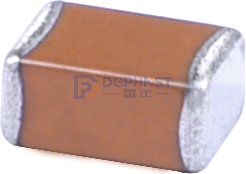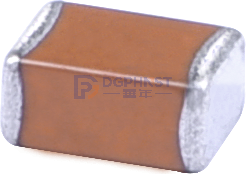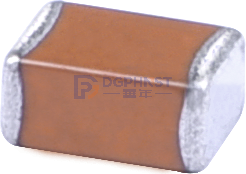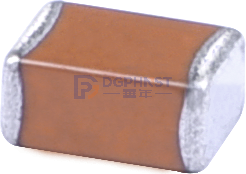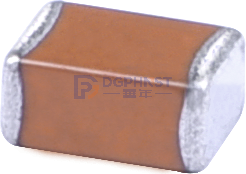Selection list and online purchase address for chip capacitors and high-voltage capacitors: click on the image to enter
hnstshop.com/product-list/C-C-p1.html" target="_blank" rel="noopener">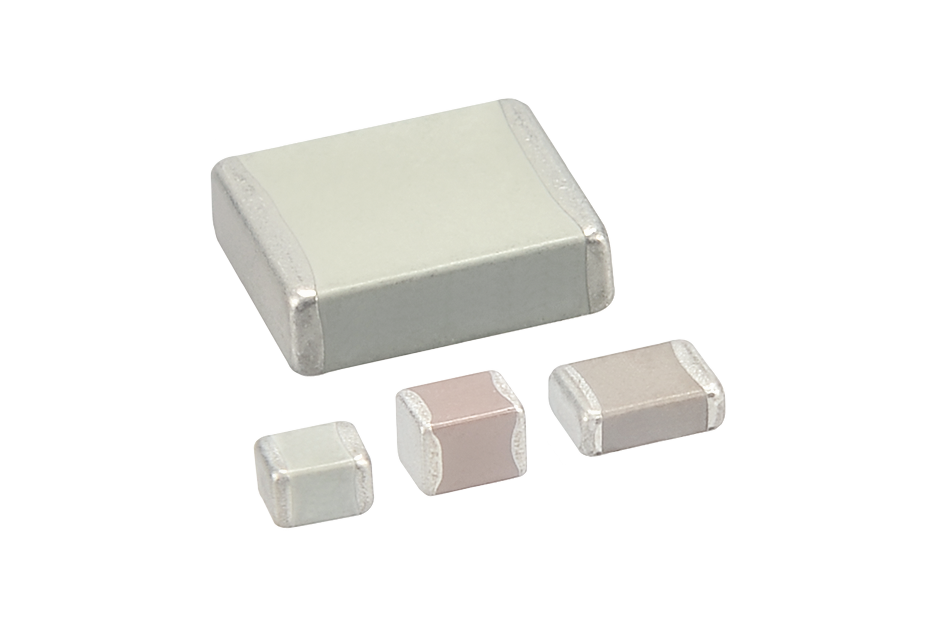
Chip capacitors and chip high-voltage capacitors are two common types of capacitors in electronic components. They have certain differences in appearance, structure, performance characteristics, and applicability. The following will provide a detailed introduction to the differences between these two types of capacitors from these aspects.
1、 Appearance and structure
There is a certain similarity in appearance between SMD capacitors and SMD high-voltage capacitors, both of which adopt a SMD packaging form. However, patch capacitors are generally small, with common sizes such as 0402, 0603, 0805, etc., while patch high-voltage capacitors are relatively large in size, usually 1210, 1812, etc. In addition, the leads of SMD capacitors are usually metal sheets, while the leads of SMD high-voltage capacitors are usually soldered pins.
In terms of structure, patch capacitors generally adopt a multi-layer structure, which is composed of multiple capacitor units stacked together. The SMD high-voltage capacitor adopts a single-layer structure, which means the entire capacitor is composed of a single capacitor unit.
2、 Performance characteristics
Capacitance value: The capacitance value of a chip capacitor is generally small, usually between a few picoseconds and several tens of microfunctions. The capacitance value of high-voltage capacitors with SMD is relatively large, usually ranging from tens of microfacies to hundreds of microfacies.
Working voltage: The working voltage of chip capacitors is generally low, usually between a few volts to several tens of volts. The working voltage of SMD high-voltage capacitors is relatively high, usually between tens of volts and hundreds of volts.
Allowable deviation: The allowable deviation of chip capacitors is generally small, usually between ± 5% and ± 10%. The allowable deviation of patch high-voltage capacitors is relatively large, usually between ± 10% and ± 20%.
Dielectric materials: There are also differences in the dielectric materials between patch capacitors and patch high-voltage capacitors. The dielectric material of SMD capacitors is generally ceramic material, while the dielectric material of SMD high-voltage capacitors is generally organic polymer.
Temperature coefficient: The temperature coefficient of patch capacitors and patch high-voltage capacitors is also different. The temperature coefficient of patch capacitors is generally NPO, X7R, etc., while the temperature coefficient of patch high-voltage capacitors is generally X7R, Y5V, etc.
3、 Applicable scope
Due to the different performance characteristics of patch capacitors and patch high-voltage capacitors, there are also certain differences in their application fields.
Chip capacitors are mainly suitable for low-voltage and small-sized electronic devices, such as mobile phones, tablets, televisions, etc. They play a role in storing charges, filtering, coupling, and so on in these devices.
The SMD high-voltage capacitor is mainly applicable to high-voltage and high-power electronic equipment, such as TV backlight power supply, LED lighting driver, electric vehicle Charging station, etc. They play roles such as isolation, coupling, and filtering in these devices.
In summary, there are certain differences in appearance, structure, performance characteristics, and applicability between chip capacitors and chip high-voltage capacitors. Understanding their differences is of great significance for the correct selection and application of capacitors. Both chip capacitors and chip high-voltage capacitors are indispensable and important components in electronic devices, and their development will continue to drive the progress of electronic technology.

